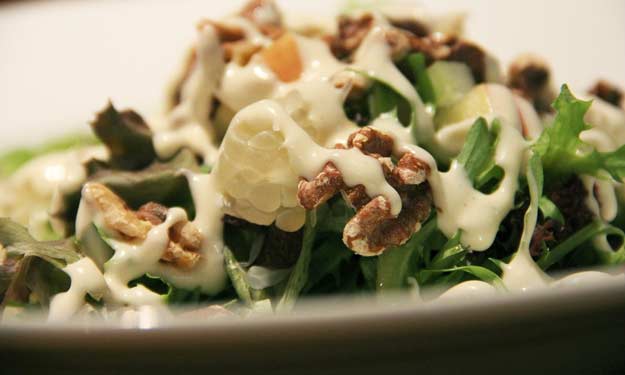Removing Grease or Oil Stains from Clothes

How to Remove Greasy Oily Stains
If your kids are anything like mine, getting food from their plates to their mouths can sometimes feel like an obstacle course. Dinner spills—whether it’s greasy gravy or oily salad dressing—have become a bit of a running joke in our family. We even joke that they should wear bibs!
But while the jokes are fun, there’s nothing amusing about stained or ruined clothing. My children have taught me to keep a sharp eye on spills, so I can tackle stains before they set or make their way through the laundry cycle. Over the years, I’ve picked up a few tricks for dealing with even the toughest grease stains.
The Fresher the Stain, the Easier It Is to Remove
The key to grease stain removal is acting fast. The fresher the stain, the easier it is to lift. Always treat grease or oil stains before washing, especially before using hot water or a dryer. Heat can set the stain, making it much harder to remove later.
Food stains can be tricky because they’re often a mix of different substances. For example, a gravy stain might contain both grease and protein, which need different treatments. Similarly, a burger stain might combine grease, ketchup, and mustard. Mustard contains turmeric, a natural dye that’s especially hard to remove.
Remove Excess Grease or Oil
Start by placing a piece of cardboard or a towel behind the fabric to prevent the grease from spreading to other parts of the garment. Then, scrape off any excess oil or grease with a blunt knife. Blot the stain with a paper towel to soak up as much of the grease as possible. This step is crucial, especially for food stains, which can seep through fabric quickly.
Use Absorbent Powder to Lift Grease and Oil Stains
An easy way to draw out excess grease or oil is to cover the stain with an absorbent powder like talcum powder or cornstarch. Lightly press the powder into the stain using the back of a spoon or a soft brush, such as a toothbrush. You’ll start to see clumps of powder forming as the oil is absorbed.
Let the powder sit for a few hours, or overnight for larger stains, to pull out as much oil as possible. Afterward, shake off the powder. If some remains, it’s okay—this step can be repeated for heavy stains.
Pretreating the Stain
You don’t need special stain removers to deal with grease. The best treatment is often a simple liquid detergent like Dawn dish soap, shampoo, or liquid laundry soap. Apply a generous amount of detergent to the stain, gently rubbing it into the fabric. Let it sit for about 30 minutes, but avoid letting the detergent dry completely.
Launder as Usual
After pretreating, wash the garment as usual. Before putting it in the dryer, check to see if the stain is completely gone. If there’s any grease left, let the clothing air dry instead of using the dryer, as the heat will set the stain.
For white or colorfast garments, you can try hydrogen peroxide for any lingering grease. Spray a little on the stain, let it sit for 30 minutes, and check the progress. If you’re unsure about the fabric’s reaction, test in an inconspicuous area first.
Persistence Pays Off
Grease and oil stains sometimes require multiple treatments, so don’t be discouraged if the stain doesn’t come out on the first try. Keep at it, and once that stubborn stain is gone, you’ll have your victory.



